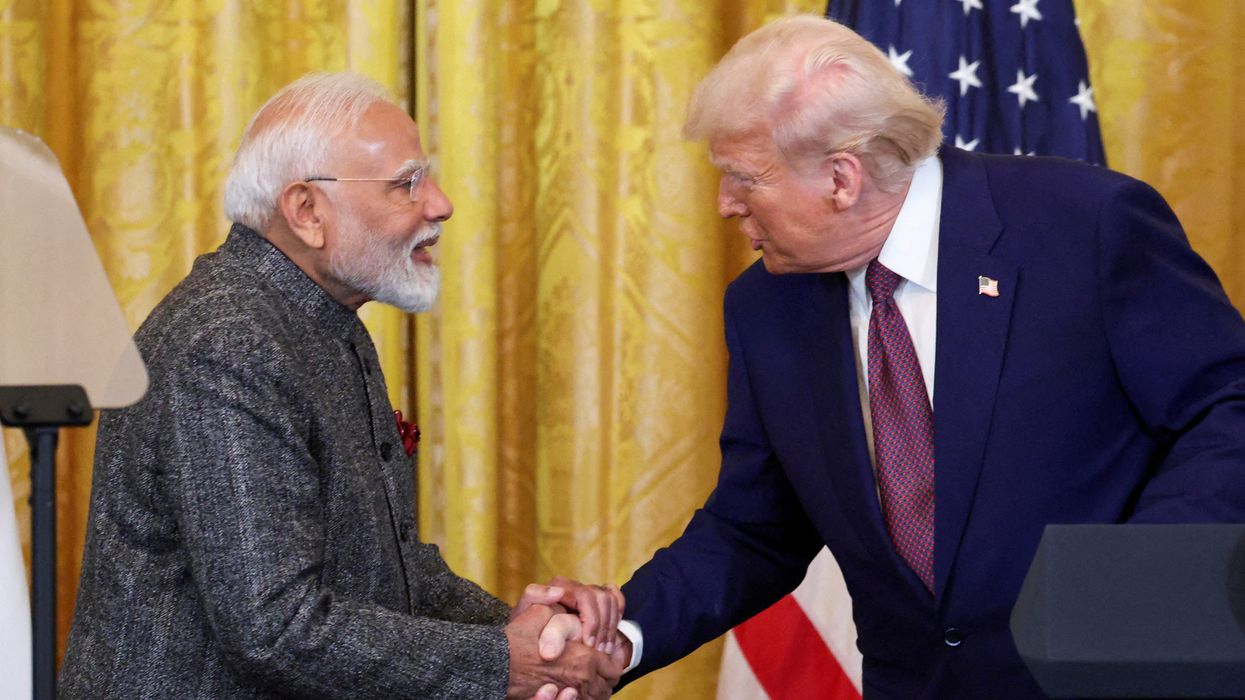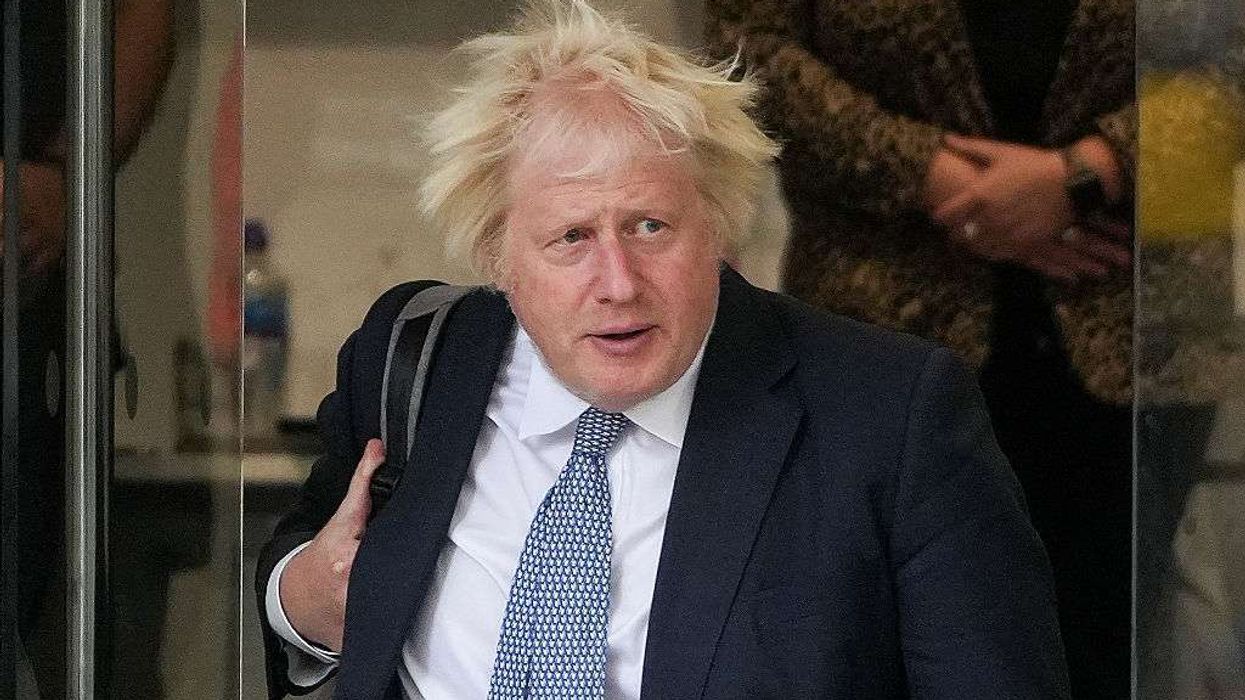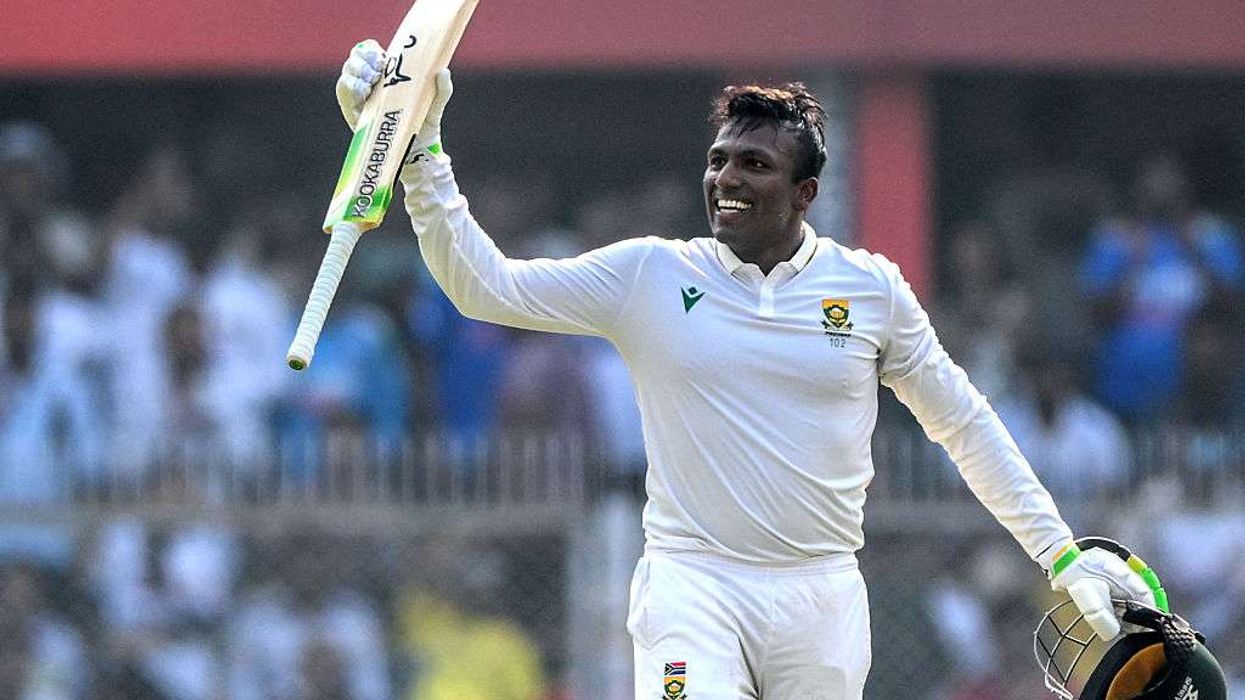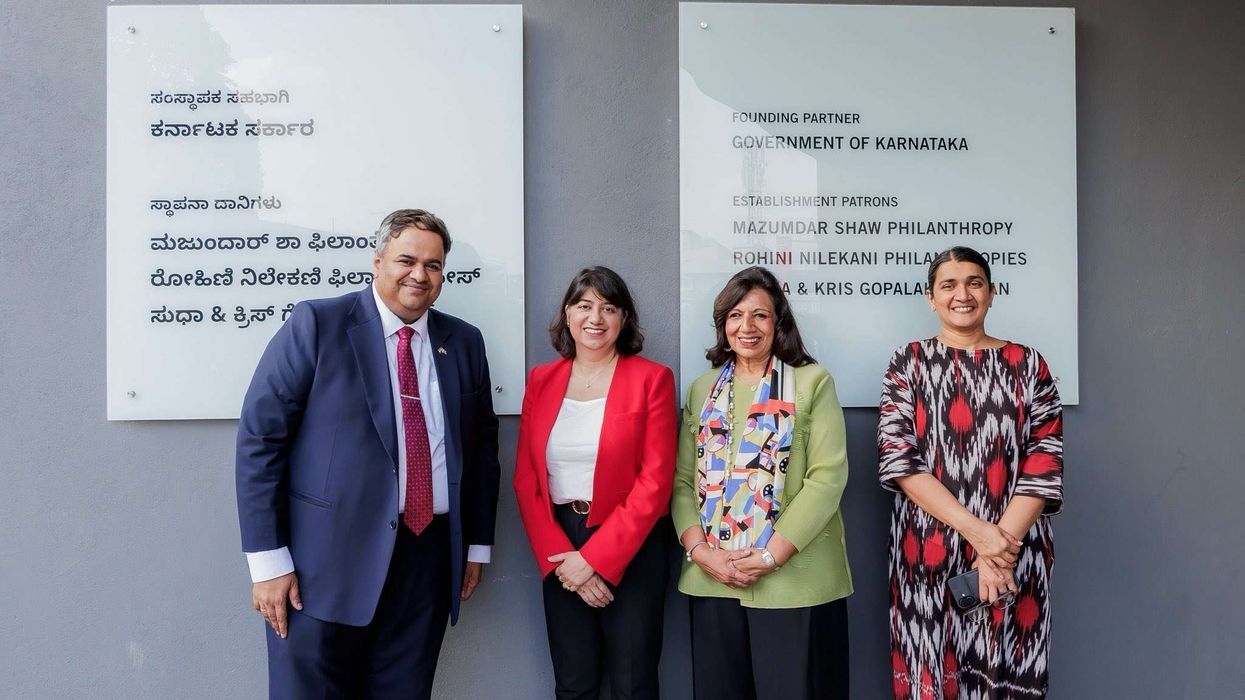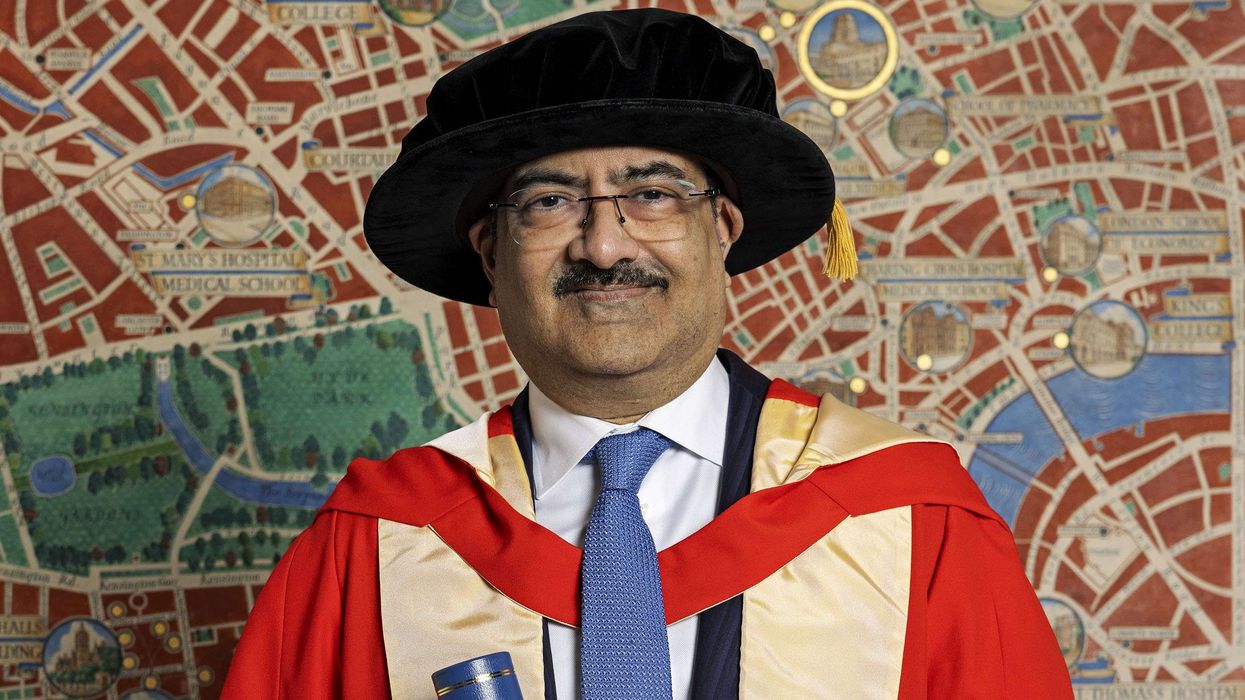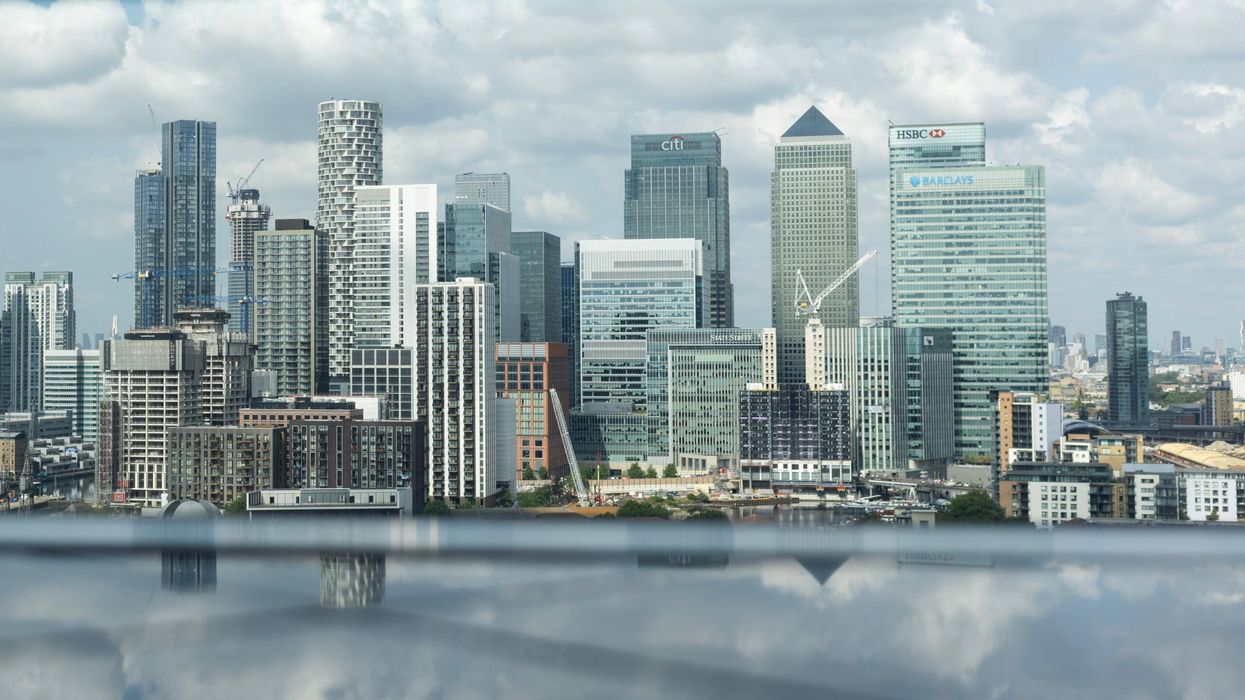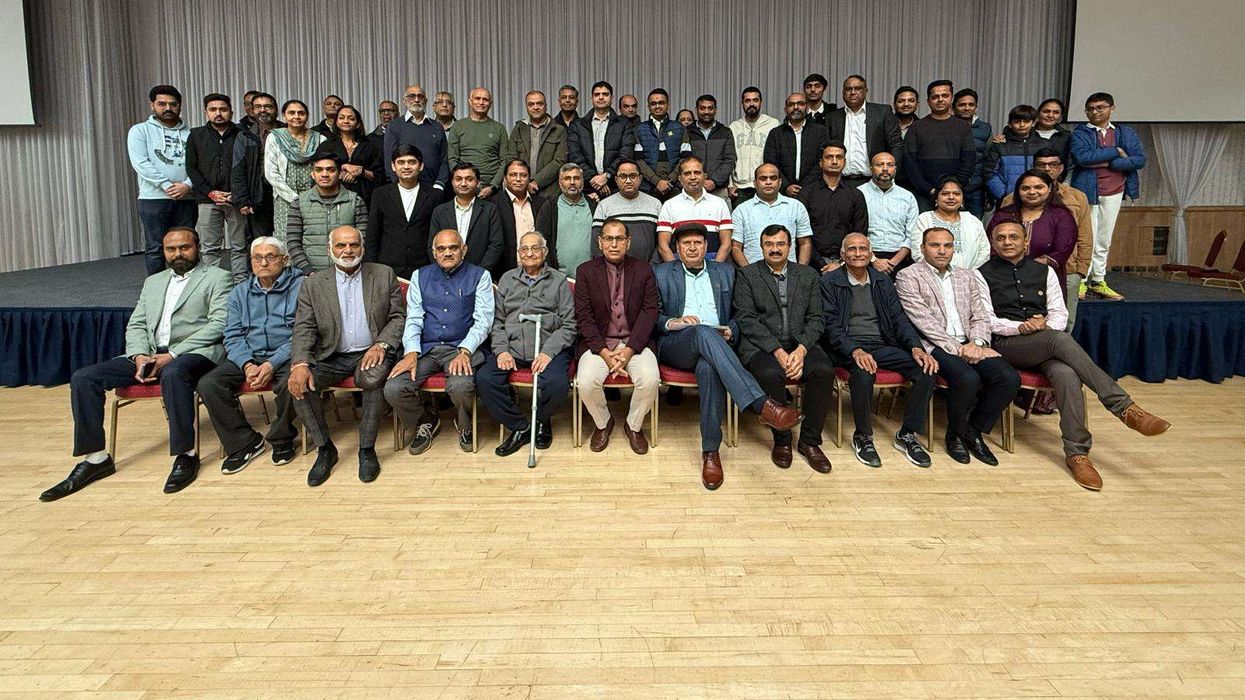INDIA expects trade discussions with the United States to continue despite Washington raising tariffs on its exports to 50 per cent over New Delhi’s purchase of sanctioned Russian oil, two lawmakers said on Monday, citing a briefing to a parliamentary panel on foreign affairs.
Last week, US president Donald Trump imposed an additional 25 per cent tariff on Indian goods because of India’s continued purchase of Russian oil. This brought the total duty on Indian exports to 50 per cent, among the highest for any American trading partner.
“Our relations with the US are multi-dimensional, and should not be seen only through the prism of trade,” one lawmaker said, quoting the foreign secretary’s briefing to the panel.
Panel chair Shashi Tharoor, an opposition Congress party leader, said trade talks would proceed as planned.
“As of now, there is no change in the existing plans for the sixth round,” Tharoor said, referring to a scheduled visit of a US trade delegation to New Delhi from August 25.
Earlier, junior finance minister Pankaj Chaudhary told lawmakers that about 55 per cent of India’s merchandise exports to the United States would be covered by the new tariff. His estimate included the initial 25 per cent levy, he said in a written reply to a lawmaker.
“The Department of Commerce is engaged with all stakeholders” for their assessment of the situation, Chaudhary said.
Goods trade between the United States and India was worth about $87 billion in the last fiscal year, according to Indian government estimates.
The panel also discussed reported remarks by Pakistani army chief Field Marshal Asim Munir on nuclear threats in South Asia during a visit to the United States.
“Nuclear blackmail will not work with India, and no party, or representative disagrees with this view,” Tharoor said, adding that the external affairs ministry had condemned the comments.
(With inputs from Reuters)
